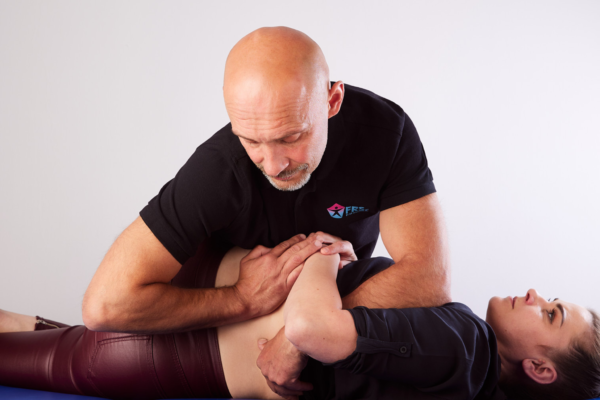
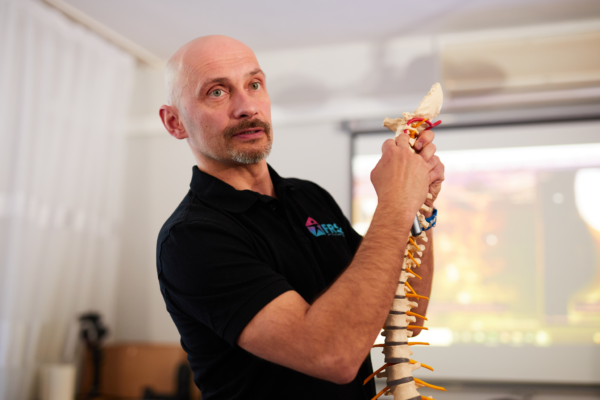
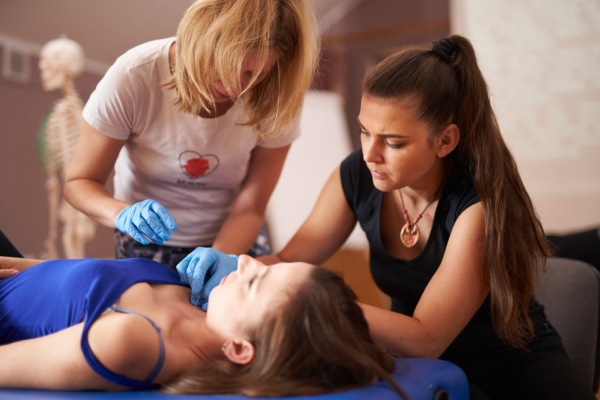
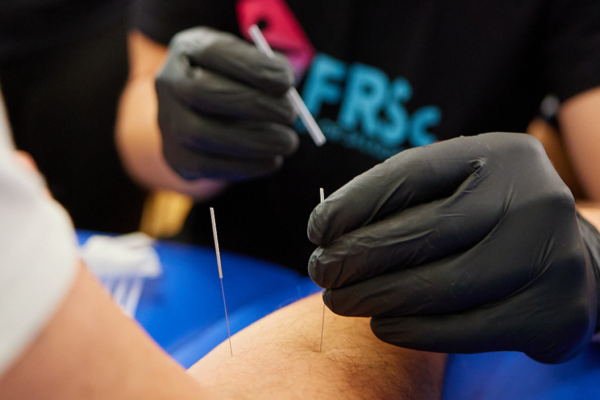
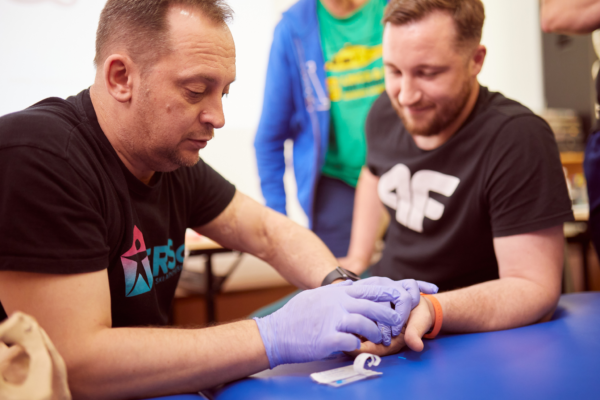

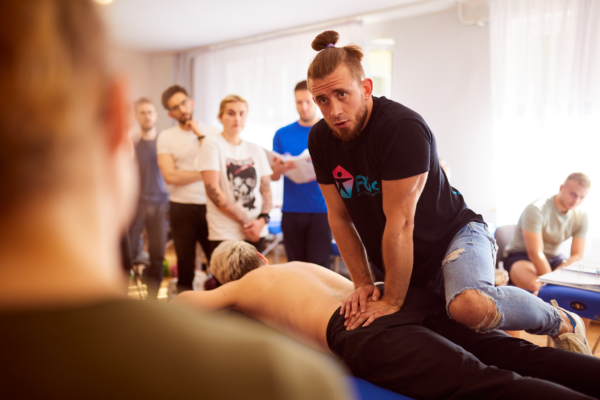


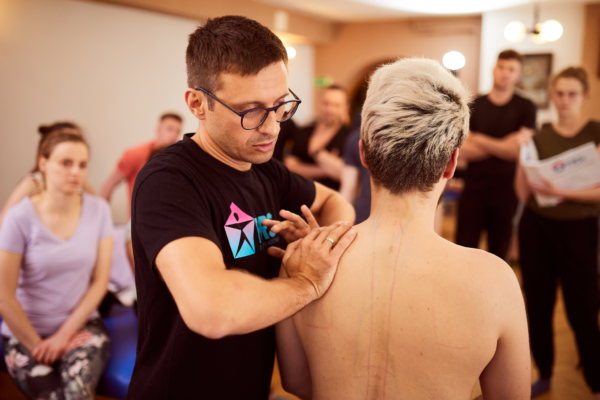
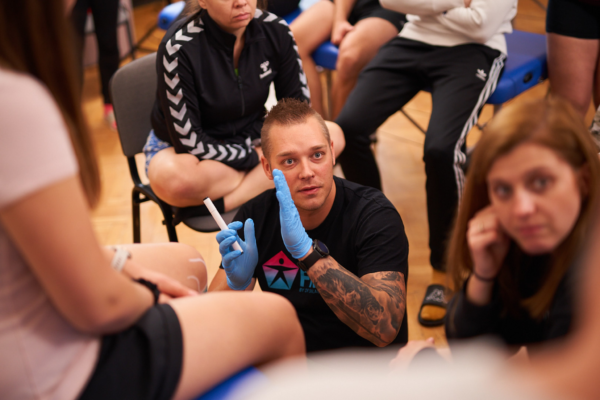
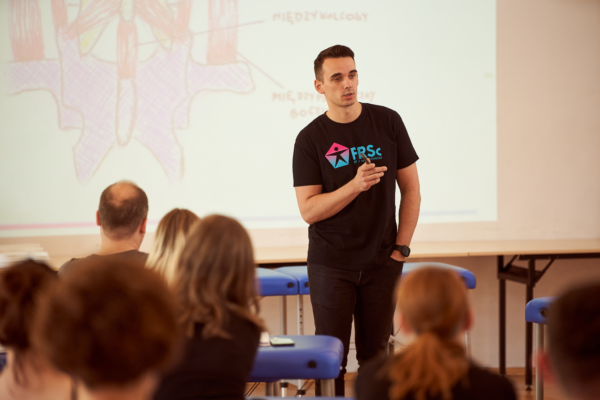
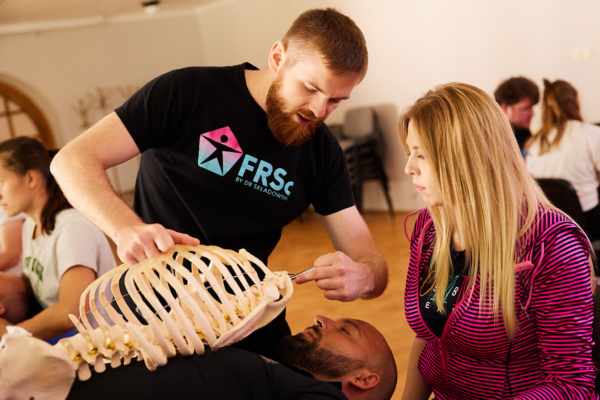
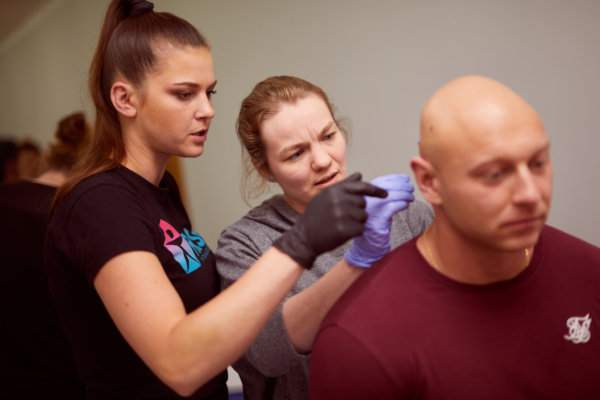

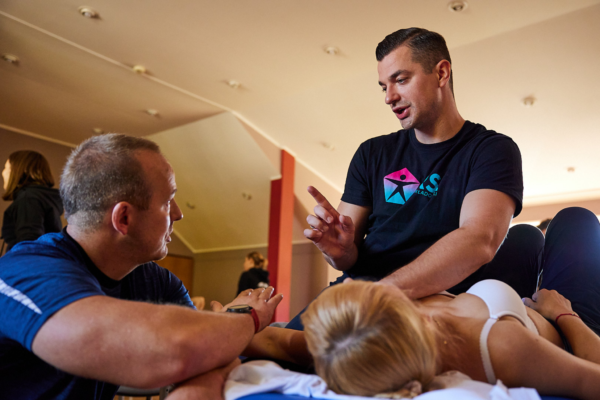
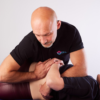
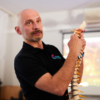
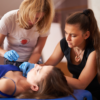
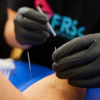
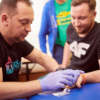

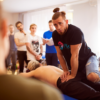
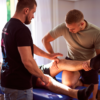
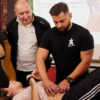
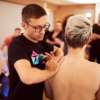
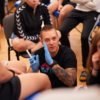
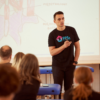
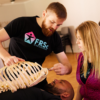
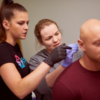

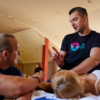
Manual medicine by FRSc
155 godzin
hours
45 educational
points
Place:
Spała
Funding
KFS / BUR
- Addtional
- Registration for the course
- 20 x 0%
- Pinotherapy
- Module I: Fundamentals of the concept
- Module II: Tool Methods
- Module III: Synkinetic chains
- Module IV: Manipulations and short circuits
- Module V: Difficult conditions
- Instructors
- Students' opinions
Manual Medicine
Manual medicine is a branch of medicine dealing with the diagnosis and treatment of detected reversible functional changes in the musculoskeletal system. The foundation of manual medicine in the original approach of Radosław Składowski is concept of Five Regulatory Systems- FRSc.
Thorough knowledge of anatomy and physiology combined with the ability to use the principles of the five regulatory systems and manual proficiency in healing techniques developed by Składowski often allow for a spectacular restoration of the broadly understood correct function as well as maintaining conditions that prevent the deepening of pathologies.
The assumption of the method developed by the orthopedic doctor Radosław Składowski is to teach the students so that after completing each module he or she will be able to independently lead the patient out of the pathological process at an increasingly higher level.
What does the manual medicine course teach physiotherapists?
• restoring the proper functioning of our body, mainly the musculoskeletal system
• stopping disease progression
• slowing down the progression of disease processes that cannot be stopped
• accelerating the healing of injuries (sprains, fractures, bruises) and inflammations
• impact on restoring homeostasis of internal organs, which leads to their autoregulation and recovery from internal, metabolic and some neurological diseases.
Module 0 - Pinotherapy
Course of Pinotherapy is a mandatory course for people who want to take part in the next modules of Manual Medicine according to FRSc. Therefore, the Module I program does not include a complete coverage of the theory of the Five Regulatory Systems, but only complements this knowledge with new, more detailed information and techniques. Among them are:
- Discussion of the so-called a/c ligaments and the phenomenon of pseudo-stumps (spring effect)
- Demonstration of techniques, i.e. "KAT Udarowy"
- Developing knowledge in the field of compartment development
- Development of theories and hypotheses regarding the formation of neurocompartments
- Expanding the characteristics of lipodynia zones with visceral correlations and their use in abdominal surgery
- Expanding the theory regarding the IV and V regulatory system
- Complementing the techniques dedicated to the IV regulatory system with articular manipulation techniques and subsequent occlusal techniques
Due to the amount of knowledge (both theoretical and practical) presented to students during FRSc courses, before some courses/modules the student receives a prescript designed to facilitate the absorption of material during the course as much as possible. In addition, in order to consolidate the knowledge transferred, the trainees also receive postsciptum after part of the courses/modules. The information contained therein relates to and complements the most difficult and extensive parts of the training/training modules. Both the materials provided before and after the course are created e.g. based on the opinion of previous training graduates and observations of the training staff.
We invite physiotherapy students and representatives of medical professions to the course: doctor, dentist, surgeon, physiotherapist, nurse, midwife, paramedic, massage technician, osteopath, medical assistant, orthopedic technician, occupational therapist.
Do you work in another medical profession? Contact us!
W szkoleniu uczestniczyć mogą absolwenci Pinotherapy organizowanej w Spale przez FRSc lub w innych miastach Polski organizowanych przez Rehaintegro and Neuro Projekt.
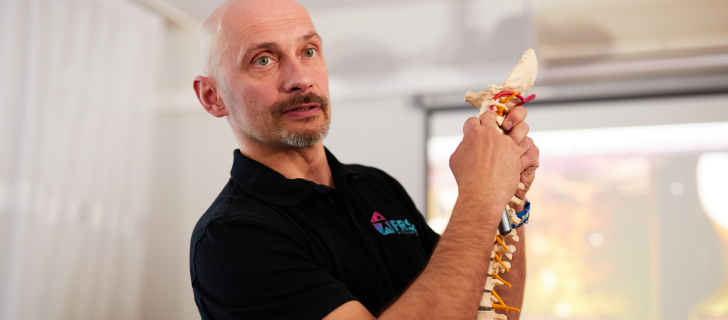
MEDYCYNA MANUALNA wg FRSc – edycja 110 Poznań-Swarzędz
Moduł I – 04-07 września 2025
Moduł II – 09-12 października 2025
Moduł III – 07-09 listopada 2025
Moduł IV – 05-07 grudnia 2025
Moduł V – 09-11 stycznia 2026

MEDYCYNA MANUALNA wg FRSc – edycja 106
Moduł I – 18-21 września 2025
Moduł II – 6-9 listopada 2025
Moduł III – 9-11 stycznia 2026
Moduł IV – 20-22 lutego 2026
Moduł V – 27-29 marca 2026

MEDYCYNA MANUALNA wg FRSc – edycja 107/108
Moduł I – 16-19 października 2025
Moduł II – 27-30 listopada 2025
Moduł III – 30 stycznia – 01 lutego 2026
Moduł IV – 6-8 marca 2026
Moduł V – 24-26 kwietnia 2026

MEDYCYNA MANUALNA wg FRSc – edycja 109
Moduł I – 11-14 grudnia 2025
Moduł II – 8-11 stycznia 2026
Moduł III – 20-22 lutego 2026
Moduł IV – 27-29 marca 2026
Moduł V – 8-10 maja 2026
Wiemy, że Manual Medicine, może być sporym wydatkiem… Mamy coś, co może Cię ucieszyć! Teraz możesz zapisać się na kurs i zapłacić w 20 wpłatach po 637,50 zł – bez odsetek, bez ukrytych kosztów, bez kombinacji.
Jak to działa?
✔ Wybierz termin – rozpoczęcie kursu w marcu, kwietniu lub maju (wybierz pełną kwotę – „płatność z góry lub na raty„, w koszyku może być tylko jedno wybrane szkolenie).
✔ Przejdź do płatności – wypełnij dane do faktury, dane do certyfikatu i wybierz metodę „Płatność MM – 20×0%„
✔ Podpisz umowę – prześlemy Ci prostą umowę, podpisujesz, odsyłasz i… to wszystko! Możesz zaczynać kurs i płacić w wygodnych równych częściach.
💡 To nie jest kredyt bankowy, więc:
🚫 Nie sprawdzamy Twojej historii kredytowej.
🚫 Nie wymagamy zaświadczeń o dochodach.
🚫 Nie ma żadnych dodatkowych opłat – tylko równe miesięczne raty.
Dodatkowe korzyści?
✔ Możesz ruszyć już teraz i stopniowo spłacać kurs.
✔ Twoje umiejętności rosną, więc inwestycja szybko się zwróci.
✔ Gwarancja ceny – nawet jeśli koszt kursu wzrośnie, Twoja kwota się nie zmieni.
📌 Projekt skierowany jest do klientów indywidualnych oraz przedsiębiorców prowadzących jednoosobową działalność gospodarczą, którzy osobiście biorą udział w szkoleniu.
Course of Pinotherapy is a mandatory course for people who want to take part in the next modules of Manual Medicine according to FRSc. Therefore, the Module I program does not include a complete coverage of the theory of the Five Regulatory Systems, but only complements this knowledge with new, more detailed information and techniques.
Pinotherapy is an entry-level course based on the Five Regulatory Systems concept (FRSc). The course is a kind of summary of the concept of manual medicine by Radosław Składowski and therefore it is recommended as an introduction to our flagship course of Manual Medicine.
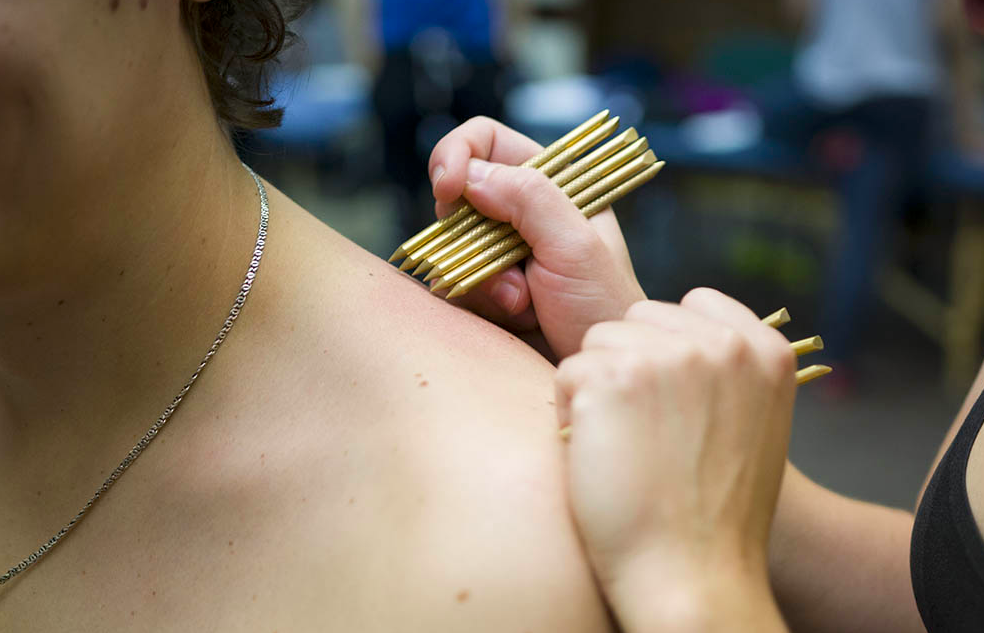
Pinotherapy is a collection of diagnostic and therapeutic methods and techniques for selected musculoskeletal disorders. The course forms a closed and coherent whole. It gives useful and safe tools to work with a wide range of patients. Pinotherapy can be both a separate therapeutic method and be used as a supplement to functional diagnostics or manual therapy in other concepts used or previously learned by the student.
The course is dedicated to people with medical education. The course is aimed at presenting the student with therapeutic thought according to the concept of the Five Regulatory Systems (FRSc) by Składowski, with particular emphasis on clinical reasoning, so that the course graduate uses the presented techniques safely and prudently.
Pinotherapy is used in the treatment of a number of orthopedic and neurological diseases, in acute and chronic pain syndromes, e.g. injuries and overload syndromes. It can also be used as part of a comprehensive therapy of functional disorders. As a method that uses various stimuli, it is adapted to work with patients of all ages.
09:00 – 09:45
Przedstawienie uczestników, omówienie organizacji szkolenia
09:45 – 10:30
Definicja Medycyny Manualnej
10:30 – 10:45
Break
10:45 – 11:30
Powtórzenie Pierwszego Układu Regulacyjnego
11:30 – 12:15
Powtórzenie Drugiego Układu Regulacyjnego
12:15 – 12:30
Break
12:30 – 13:15
Hipotezy powstawania neurokompartmentu
13:15 – 14:00
Powtórzenie teorii Trzeciego Układu Regulacyjnego
14:00 – 15:00
Break
15:00 – 15:45
Praktyka lipodynii
15:45 – 16:30
Powtórzenie Czwartego Układu Regulacyjnego
16:30 – 16:45
Break
16:45 – 17:30
Praktyka Zwarć
17:30 – 18:15
Powtórzenie Piątego Układu Regulacyjnego
09:00 – 09:45
Powtórzenie materiału dnia poprzedniego
09:45 – 10:30
Pojęcia swoiste dla medycyny manualnej
10:30 – 10:45
Break
10:45 – 11:30
Omówienie ruchów sprzężonych
11:30 – 12:15
Przeciwwskazania do manipulacji kręgosłupa i ćwiczenia praktyczne
12:15 – 12:30
Break
12:30 – 13:15
Biomechanics
13:15 – 14:00
Manipulacje odcinka piersiowego
14:00 – 15:00
Break
15:00 – 15:45
Wywiad ogólny i szczegółowy
15:45 – 16:30
Bóle receptorowe, neuropatyczne oraz rzutowane
16:30 – 16:45
Break
16:45 – 17:30
Bóle brzucha
17:30 – 18:15
Abdominal treatment
09:00 – 09:45
Powtórzenie materiału dnia poprzedniego
09:45 – 10:30
Omówienie migrenowych bóli głowy
10:30 – 10:45
Break
10:45 – 11:30
Ćwiczenia praktyczne mobilizacji naczyniowych
11:30 – 12:15
Omówienie autonomicznych bóli głowy
12:15 – 12:30
Break
12:30 – 13:15
Omówienie pozostałych bóli głowy (śródczaszkowe, wewnątrzczaszkowe)
13:15 – 14:00
Moving from research to therapy
14:00 – 15:00
Break
15:00 – 15:45
Główne założenia metody
15:45 – 16:30
Strategie postępowania terapeutycznego
16:30 – 16:45
Break
16:45 – 17:30
Traumatologia i praca naczyniowa wg FRSc cz.1
17:30 – 18:15
Traumatologia i praca naczyniowa wg FRSc cz.2
09:00 – 09:45
Examination and manipulation of the sacrum
09:45 – 10:30
Zespoły zwarciowe miednicy
10:30 – 10:45
Break
10:45 – 11:30
Physical examination
11:30 – 12:15
Powtórzenie technik manipulacji
12:15 – 12:30
Break
12:30 – 13:15
Manipulacje kompleksu głowowo-szyjnego
13:15 – 14:00
Chain - Rest
14:00 – 14:45
Chain - Support
14:45 – 15:00
PODSUMOWANIE I ZAKOŃCZENIE MODUŁU
09:00 – 09:45
Introduction
09:45 – 10:30
Odreagowanie głowy cz. 1
10:30 – 10:45
Break
10:45 – 11:30
Odreagowanie głowy cz. 2
11:30 – 12:15
Odreagowanie tułowia cz. 1
12:15 – 12:30
Break
12:30 – 13:15
Odreagowanie tułowia cz. 2
13:15 – 14:00
Techniki dodatkowe
14:00 – 15:00
Break
15:00 – 15:45
Biomechanika cz. 1
15:45 – 16:30
Biomechanika cz. 2
16:30 – 16:45
Break
16:45 – 17:30
Kinematyka cz. 1
17:30 – 18:15
Kinematyka cz. 2
09:00 – 09:45
Introduction to dry needling techniques
09:45 – 10:30
Wskazania i przeciwwskazania
10:30 – 10:45
Break
10:45 – 11:30
Praktyczne zastosowanie igłoterapii
11:30 – 12:15
Mięsień piersiowy większy
12:15 – 12:30
Break
12:30 – 13:15
Neurokompartment splotu ramiennego, Miogelozy m. czworobocznego
13:15 – 14:00
Neurokompartment nerwu dodatkowego, Miogeloza odcinka dystalnego m. najszerszego grzbietu
14:00 – 15:00
Break
15:00 – 15:45
Okolica podłopatkowa, Miogelozy i jętki m. podgrzebieniowego oraz przejście brzusiec – ścięgno
15:45 – 16:30
Przejście brzusiec ścięgno m. nadgrzebieniowego, Jętki – m. dźwigacz łopatki / m. czworoboczny
16:30 – 16:45
Break
16:45 – 17:30
Jętki m. naramiennego, Neurokompartment nerwu promieniowego (cz. górna), Jętki m. ramienny/m. ramienno – promieniowy
17:30 – 18:15
Neurokompartment n. promieniowego (cz. dolna), Neurokompartment n. pośrodkowego
09:00 – 09:45
Wrist dry needling applications
09:45 – 10:30
Hand dry needling applications
10:30 – 10:45
Break
10:45 – 11:30
Sternoclavicular joint disc
11:30 – 12:15
Semispinous capitis myogelosis
12:15 – 12:30
Break
12:30 – 13:15
Paraspinal tissues
13:15 – 14:00
Więzadła miednicy, Kość guziczna
14:00 – 15:00
Break
15:00 – 15:45
Neurokompartmenty n. pośladkowego górnego, Miogeloza m. pośladkowego wielkiego, Miogeloza m. pośladkowego średniego
15:45 – 16:30
Miogeloza m. gruszkowatego, Miogeloza m. naprężacza powięzi szerokiej, Neurokompartment nn. Clunium
16:30 – 16:45
Break
16:45 – 17:30
Jętki przyśrodkowego, tylnego i bocznego przedziału uda, Obejma uda po tylnej stronie
17:30 – 18:15
Runner's knee application
09:00 – 09:45
Aplikacja na „kolano skoczka”, Łąkotka przyśrodkowa, Punkt maziówkowy kolana
09:45 – 10:30
Jętki podudzia, Przyczep m. płaszczkowatego do głowy bocznej brzuchatego łydki
10:30 – 10:45
Break
10:45 – 11:30
Więzozrost piszczelowo – strzałkowy tylny,
ATFL ligament
11:30 – 12:15
Aplikacje suchego igłowania w obrębie stawu skokowego i stopy
12:15 – 12:30
Break
12:30 – 13:15
Pubic symphysis
13:15 – 14:00
Scars
14:00 – 14:45
Pytania, powtórki, dyskusja
14:45 – 15:00
PODSUMOWANIE I ZAKOŃCZENIE MODUŁU
09:00 – 09:45
Introduction
09:45 – 10:30
Fish Christmas tree and dragonflies chain THEORY
10:30 – 10:45
Break
10:45 – 11:30
Fish Christmas tree and dragonflies chain PRACTICE
11:30 – 12:15
Łańcuchy choinki rybiej i waraniej PRAKTYKA c.d.
12:15 – 12:30
Break
12:30 – 13:15
Mobilizacje i manipulacje obręczy barkowej TEORIA i PRAKTYKA
13:15 – 14:00
Mobilizacje i manipulacje obręczy barkowej TEORIA i PRAKTYKA c.d.
14:00 – 15:00
Break
15:00 – 15:45
Mobilizacje i manipulacje biodra TEORIA i PRAKTYKA
15:45 – 16:30
Mobilizacje i manipulacje biodra TEORIA i PRAKTYKA c.d.
16:30 – 16:45
Break
16:45 – 17:30
Mobilizacje i manipulacje stawu skokowego i kości stępu
17:30 – 18:15
Mobilizacje i manipulacje stawu skokowego i kości stępu c.d.
09:00 – 09:45
Łańcuchy lokomotoryczne: wykrok górny TEORIA i PRAKTYKA
09:45 – 10:30
Łańcuchy lokomotoryczne: wykrok górny TEORIA i PRAKTYKA c.d.
10:30 – 10:45
Break
10:45 – 11:30
Łańcuchy lokomotoryczne: odbicie górne TEORIA i PRAKTYKA
11:30 – 12:15
Łańcuchy lokomotoryczne: odbicie górne TEORIA i PRAKTYKA c.d.
12:15 – 12:30
Break
12:30 – 13:15
The stride of the lizard and the lemur THEORY
13:15 – 14:00
Wykrok warana i lemura TEORIA c.d.
14:00 – 15:00
Break
15:00 – 15:45
Łańcuchy lokomotoryczne: wykrok dolny TEORIA i PRAKTYKA
15:45 – 16:30
Łańcuchy lokomotoryczne: wykrok dolny TEORIA i PRAKTYKA c.d.
16:30 – 16:45
Break
16:45 – 17:30
Łańcuchy lokomotoryczne: odbicie dolne TEORIA i PRAKTYKA
17:30 – 18:15
Łańcuchy lokomotoryczne: odbicie dolne TEORIA i PRAKTYKA c.d.
09:00 – 09:45
Łańcuchy posturalne teoria i praktyka
09:45 – 10:30
Łańcuch wsparcia teoria i praktyka
10:30 – 10:45
Break
10:45 – 11:30
Łańcuch spocznij teoria i praktyka
11:30 – 12:15
Łańcuch oddechowy teoria i praktyka
12:15 – 12:30
Break
12:30 – 13:15
Repetition of selected manipulation techniques
13:15 – 14:00
Powtórka wybranych technik manipulacji c.d.
14:00 – 14:45
Powórka wybranych technik manipulacji c.d.
14:45 – 15:00
PODSUMOWANIE I ZAKOŃCZENIE MODUŁU
09:00 – 09:45
Wstęp. Omówienie i ćwienienia łańcucha Cwału i łańcucha Kręcz
09:45 – 10:30
Stanów trudnych szyi
10:30 – 10:45
Break
10:45 – 11:30
Ćwiczenia manipulacji stawów kręgosłupa
11:30 – 12:15
Ćwiczenia manipulacji stawów kręgosłupa
12:15 – 12:30
Break
12:30 – 13:15
Omówienie teorii zwarć i ich podział
13:15 – 14:00
Omówienie i praktyka zwarć
14:00 – 15:00
Break
15:00 – 15:45
Ćwiczenia manipulacji stawów kręgosłupa
15:45 – 16:30
Omówienie i praktyka technik igłoterapii w stanach trudnych szyii
16:30 – 16:45
Break
16:45 – 17:30
Ćwiczenia manipulacji stawów kręgosłupa
17:30 – 18:15
Wstęp i omówienie technik pracy w V regulatorze
09:00 – 09:45
Stany trudne klatki piersiowej
09:45 – 10:30
Omówienie i podział stanów trudnych kończyny górnej
10:30 – 10:45
Break
10:45 – 11:30
Practical exercises of the discussed techniques
11:30 – 12:15
Ćwiczenia manipulacji stawów kręgosłupa
12:15 – 12:30
Break
12:30 – 13:15
Ćwiczenia manipulacji stawów kręgosłupa
13:15 – 14:00
Omówienie łańcuchów synkinetyczych Spocznij/Wsparcie
14:00 – 15:00
Break
15:00 – 15:45
Ćwiczenia manipulacji stawów kręgosłupa
15:45 – 16:30
Ćwiczenia manipulacji stawów kręgosłupa
16:30 – 16:45
Break
16:45 – 17:30
Omówienienie mobilizacji naczyniowej
17:30 – 18:15
Ćwiczenia praktyczne omówionych technik i wybranych zwarć
09:00 – 09:45
Omówienie zastosowania i praktycznego podejścia do lipodyni wg FRSc
09:45 – 10:30
Ćwiczenia praktyczne pracy z lipodyniami wg FRSc
10:30 – 10:45
Break
10:45 – 11:30
Omówienie i pokaz zabiegu abdominalnego
11:30 – 12:15
Ćwiczenia praktyczne technik zabiegu abdominalnego cz. 1
12:15 – 12:30
Break
12:30 – 13:15
Ćwiczenia praktyczne technik zabiegu abdominalnego cz. 2
13:15 – 14:00
Ćwiczenia praktyczne wybranych zwarć
14:00 – 14:45
Omówienie technik na podstawie przypadków klinicznych
14:45 – 15:00
PODSUMOWANIE I ZAKOŃCZENIE MODUŁU
09:00 – 09:45
Wstęp. Nozologia
09:45 – 10:30
Podział bólów kończyny dolnej o charakterze rwy + badanie palpacyjne
10:30 – 10:45
Break
10:45 – 11:30
Zmiany chemii jądra miażdżystego w przebiegu dyskartrozy
11:30 – 12:15
Istotne parametry patologii stanów trudnych
12:15 – 12:30
Break
12:30 – 13:15
Techniki igłowe w okresie ostrym pjm
13:15 – 14:00
Klasyfikacja przepuklin + Łańcuch aresztujący shift
14:00 – 15:00
Break
15:00 – 15:45
Rzadkie wersje zablokowań tułowia. Diagnostyka różnicowa
15:45 – 16:30
Modus operandi
16:30 – 16:45
Break
16:45 – 17:30
Zwarcia + pokaz igły tnącej + pokaz bańki
17:30 – 18:15
Techniki igłowe w bólach głowy
09:00 – 09:45
Stany trudne k.d. – zmiany strukturalne i ciśnieniowe, zborność stawów
09:45 – 10:30
Stany trudne k.d. – klincze regulatorów, staw biodrowy
10:30 – 10:45
Break
10:45 – 11:30
Stany trudne k.d. – zespoły udowe
11:30 – 12:15
Stany trudne k.d. – kolano, podudzie
12:15 – 12:30
Break
12:30 – 13:15
Stany trudne k.d. – stopa
13:15 – 14:00
Kręgozmyki cz.1
14:00 – 15:00
Break
15:00 – 15:45
Kręgozmyki cz.2
15:45 – 16:30
Stany trudne k.g. – bark – uszkodzenia stożka rotatorów, SLAP
16:30 – 16:45
Break
16:45 – 17:30
Stany trudne k.g. – zespół zamrożonego barku
17:30 – 18:15
Stany trudne k.g. – zespoły przedramienno-nadgarstkowe
09:00 – 09:45
Techniki igłowe w bólach głowy cz.1
09:45 – 10:30
Techniki igłowe w bólach głowy cz.2
10:30 – 10:45
Break
10:45 – 11:30
Techniki igłowe w bólach głowy cz.3
11:30 – 12:15
Stany trudne głowy – zawroty głowy
12:15 – 12:30
Break
12:30 – 13:15
Stany trudne głowy – szumy i piski
13:15 – 14:00
Stany trudne głowy – bóle głowy
14:00 – 14:45
Epilog
14:45 – 15:00
PODSUMOWANIE I ZAKOŃCZENIE MODUŁU I KURSU

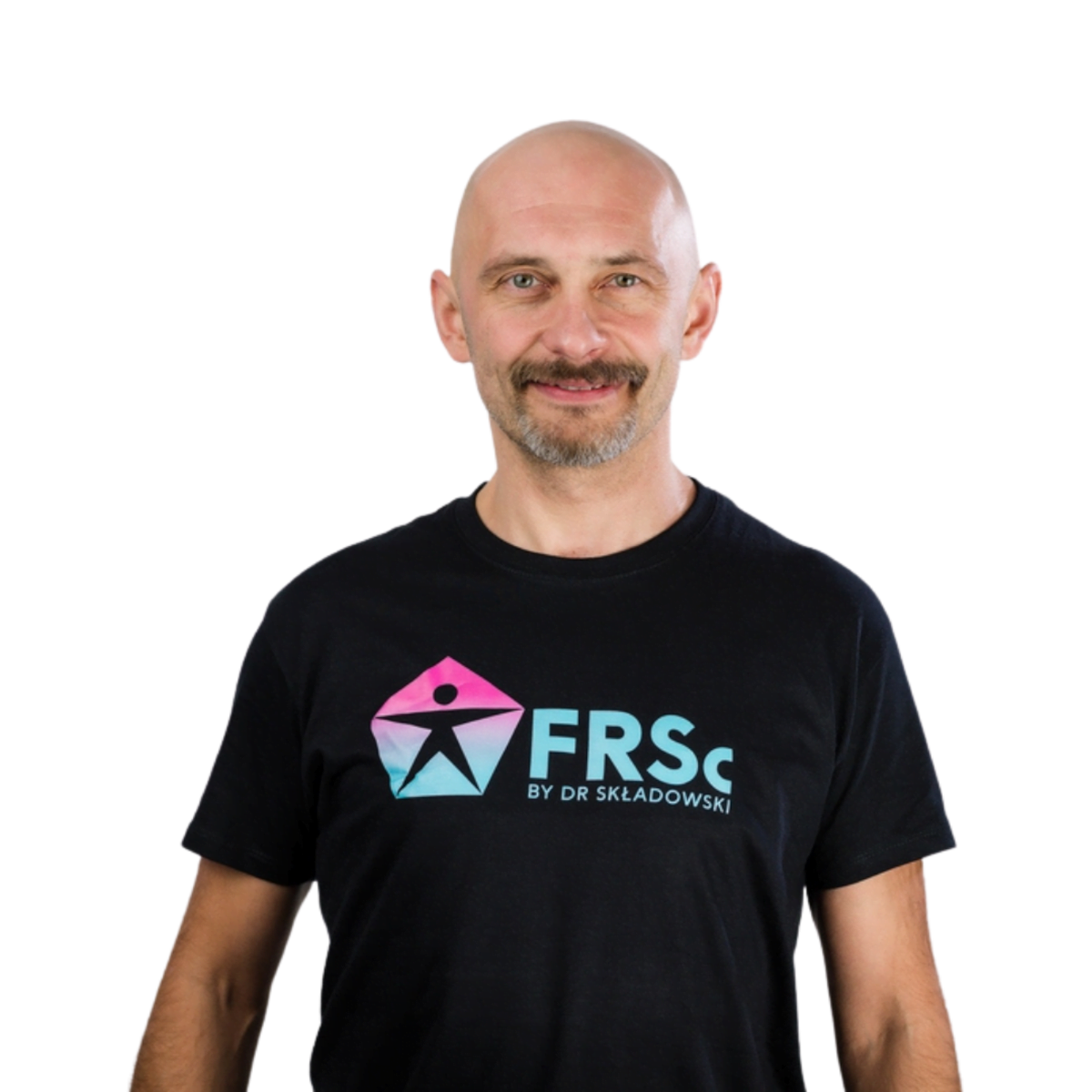
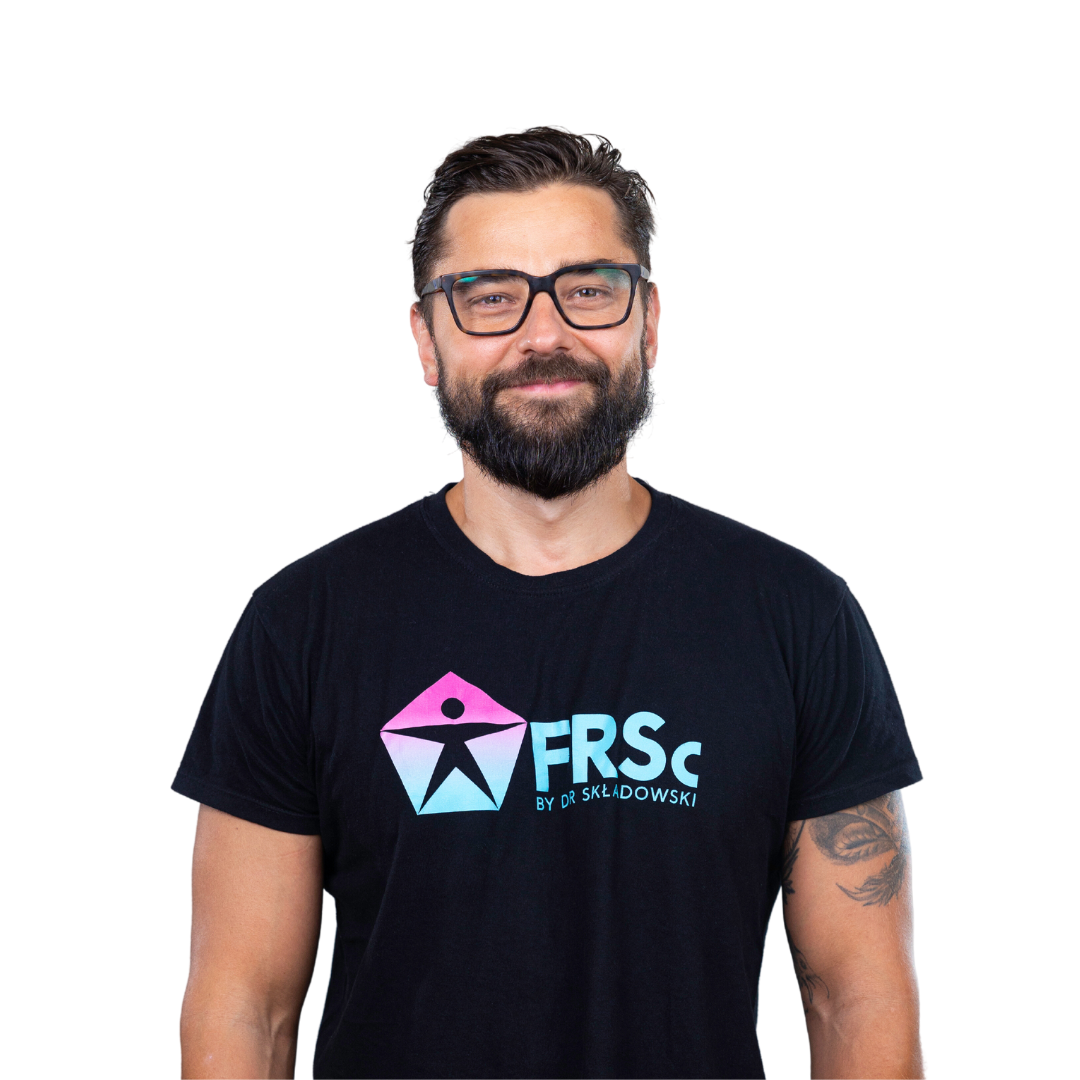
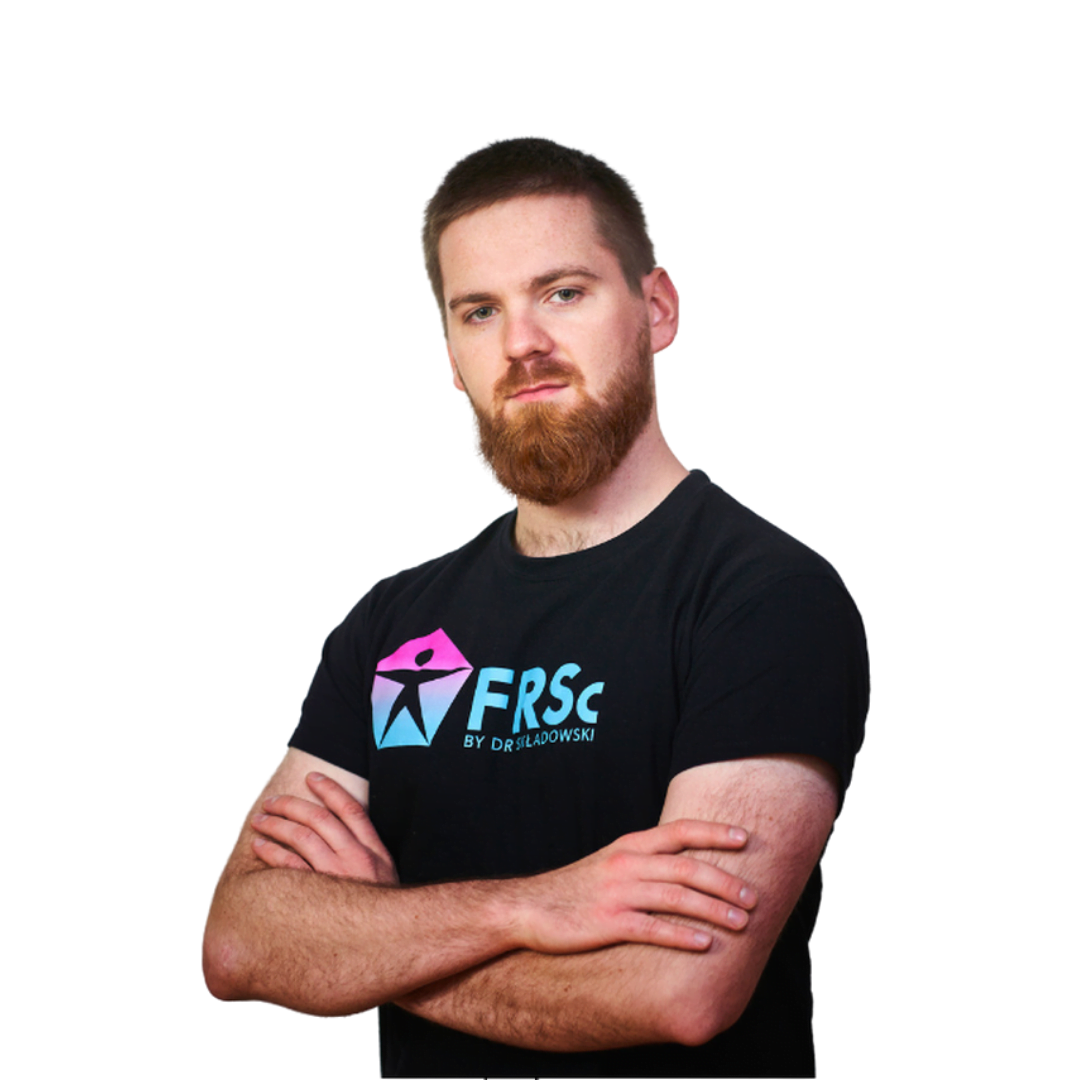
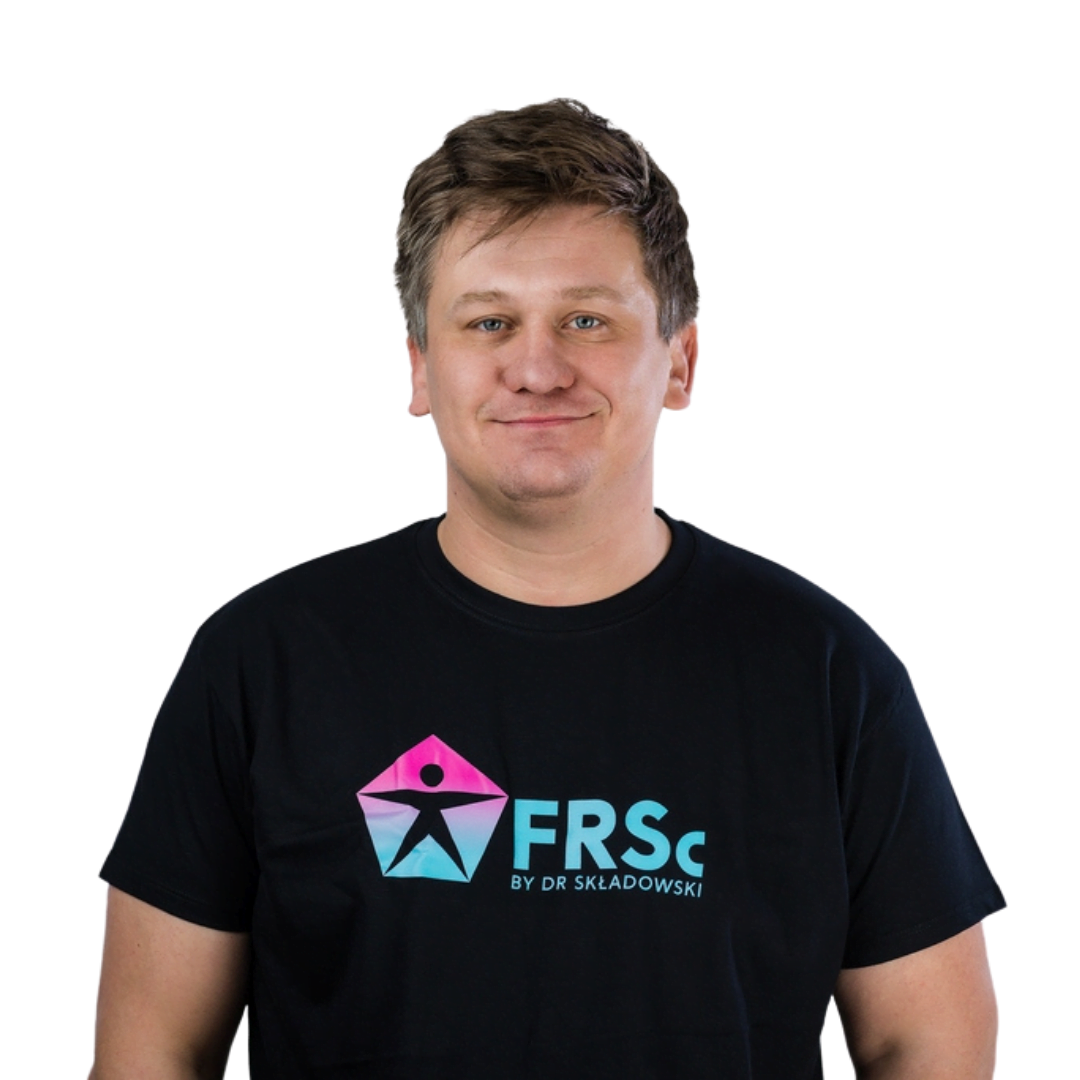

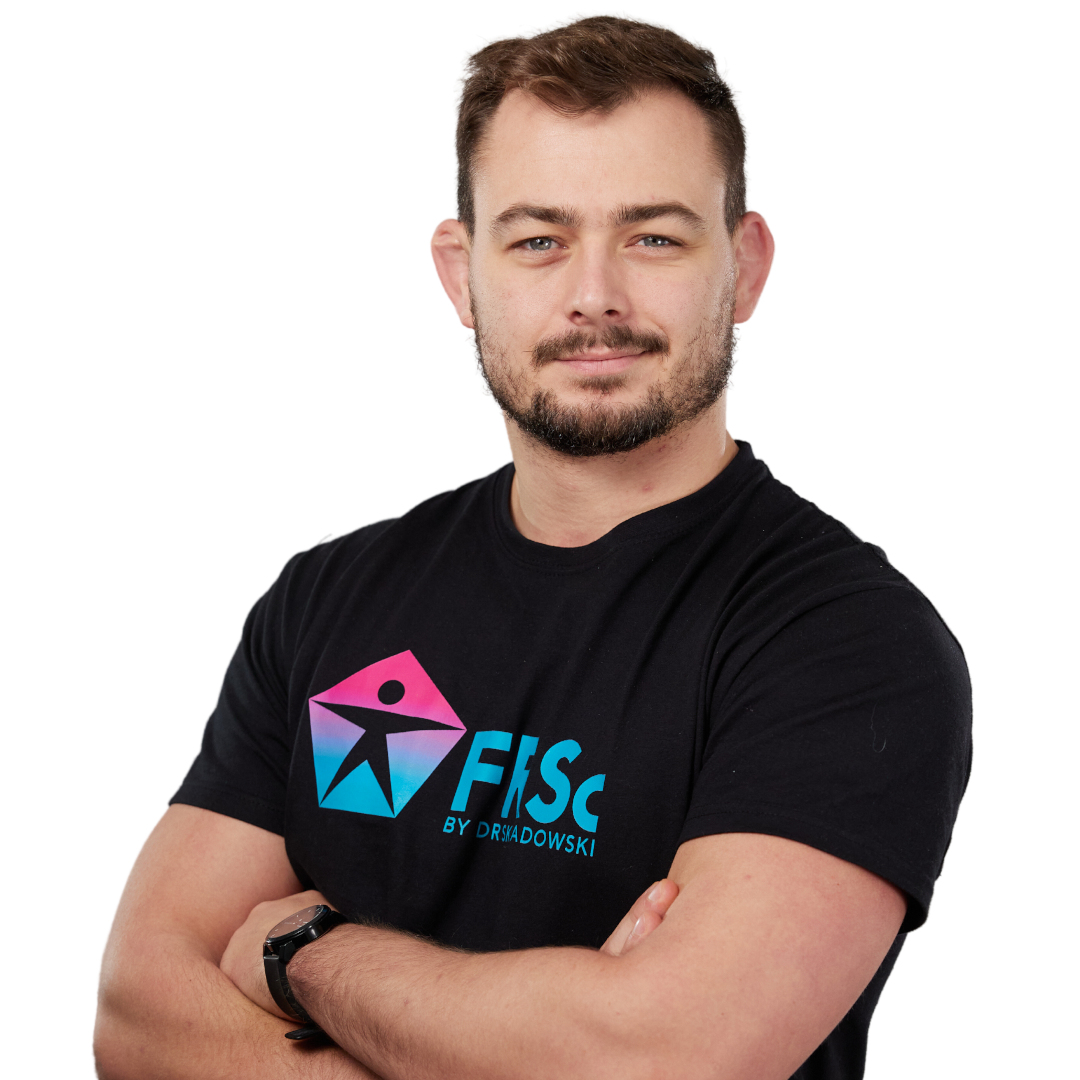

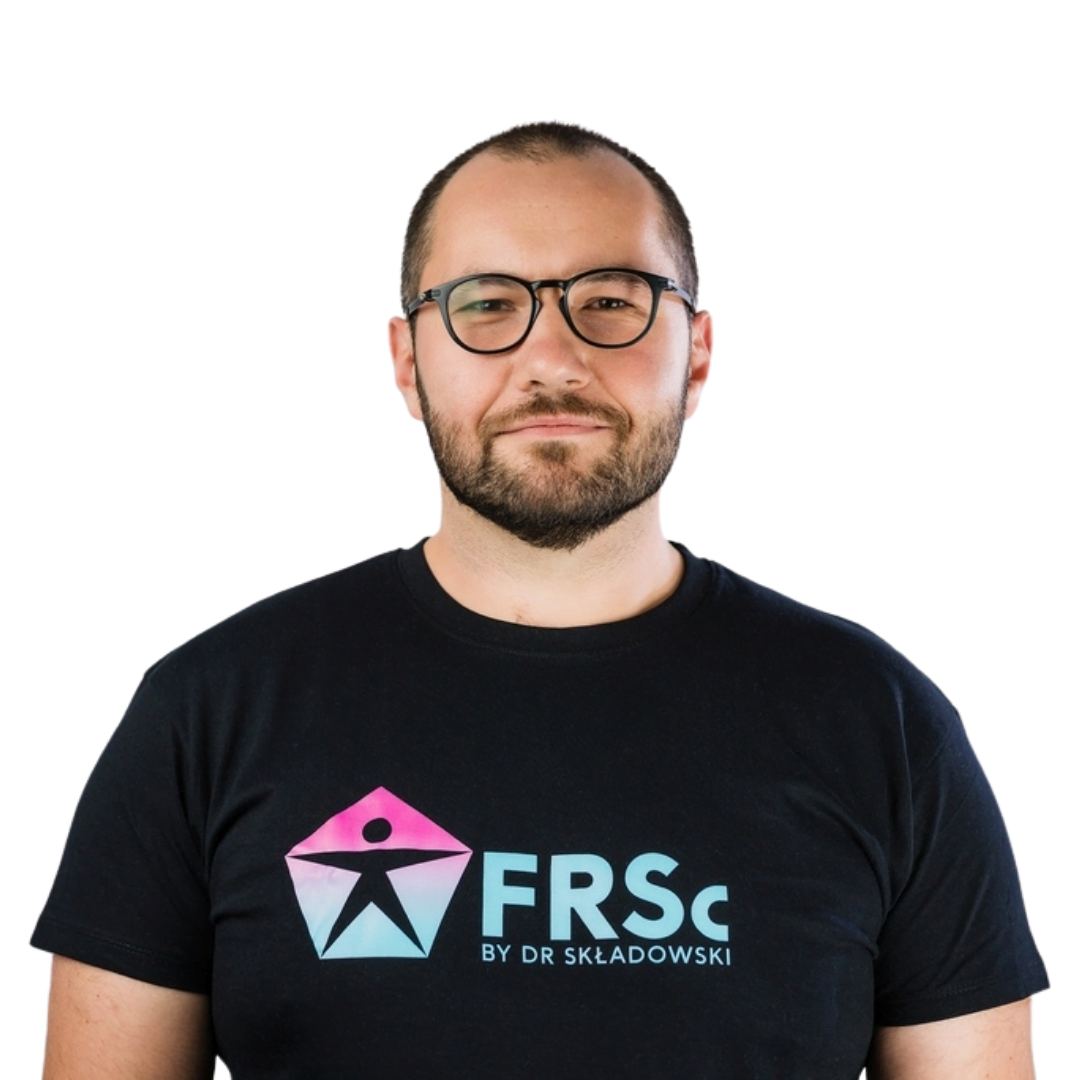


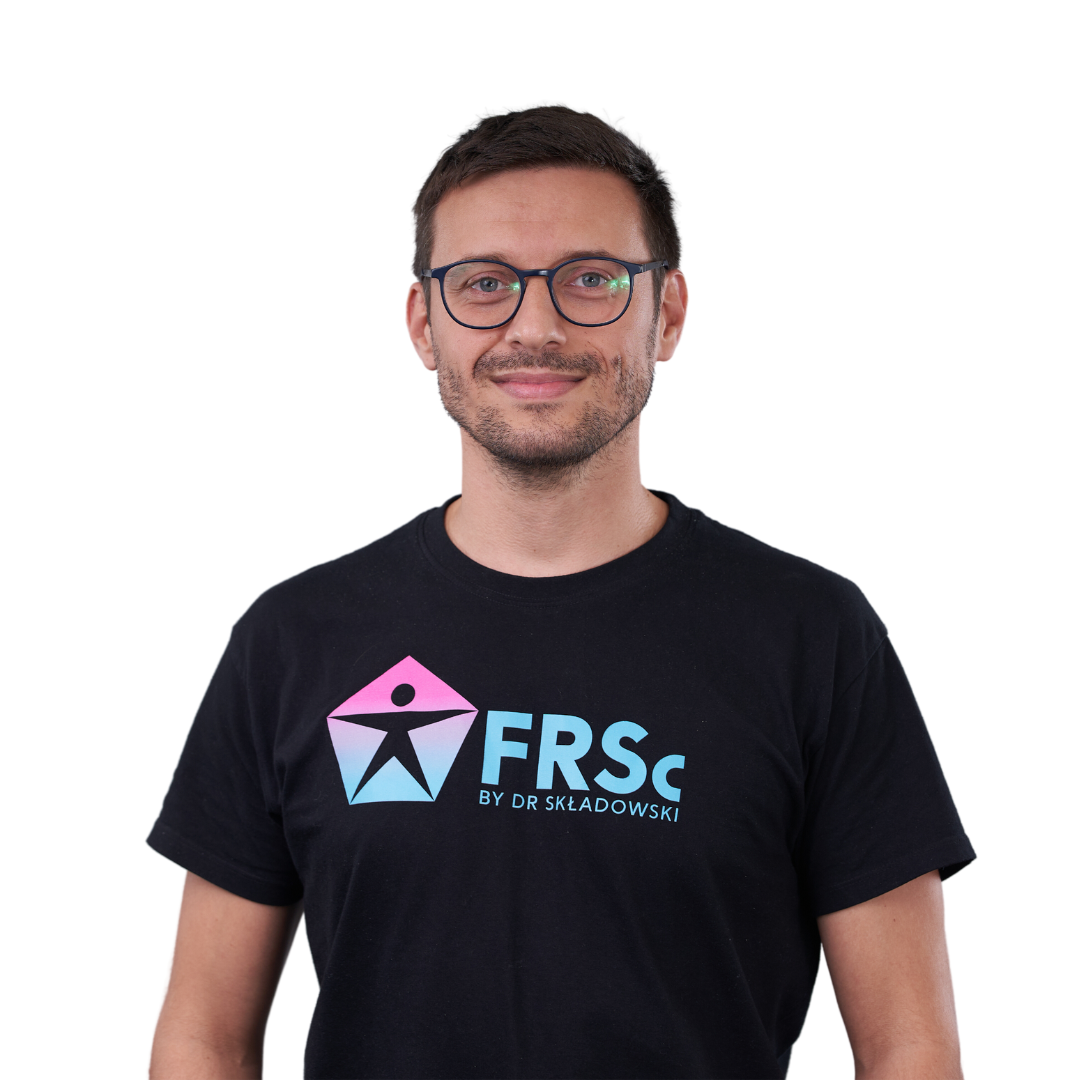
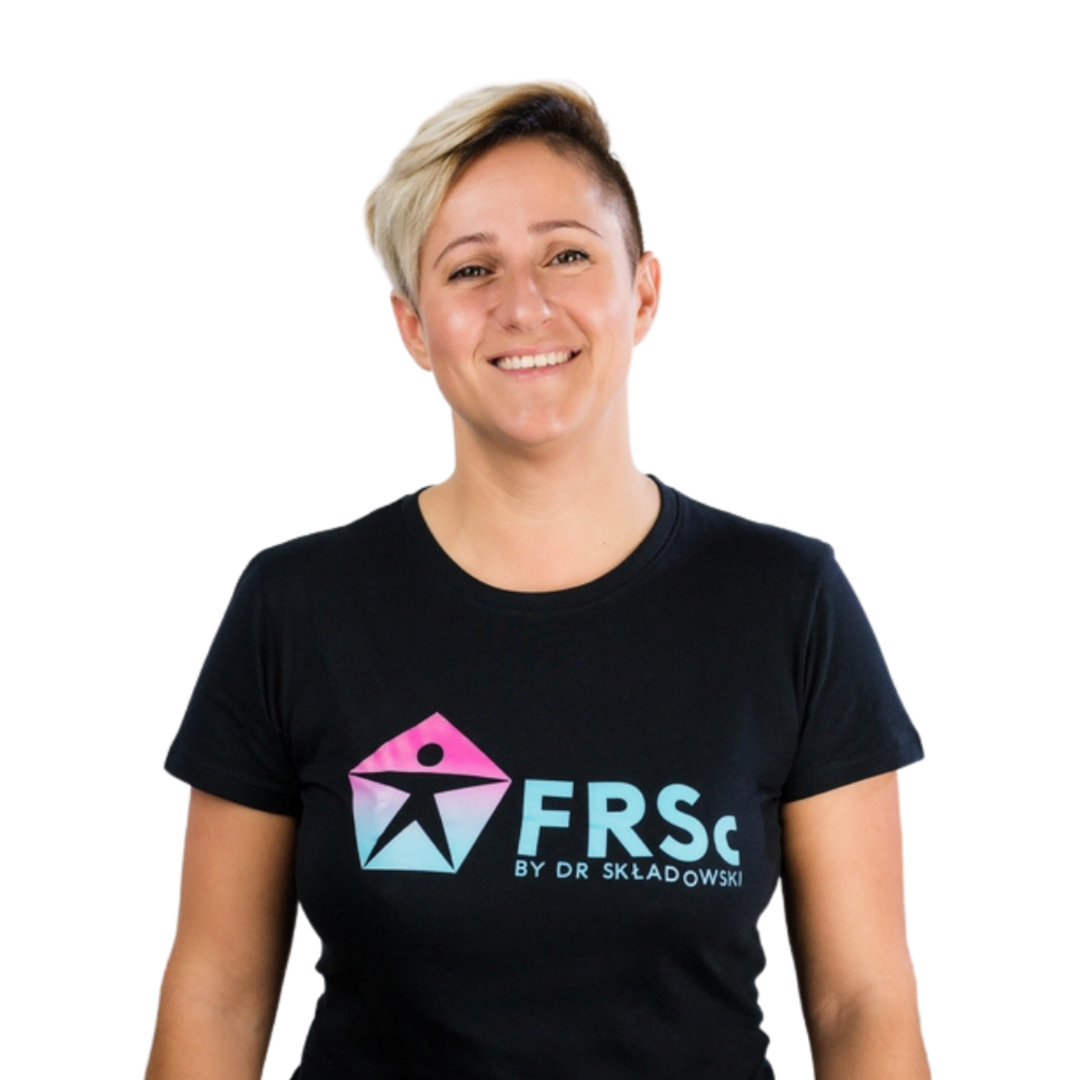
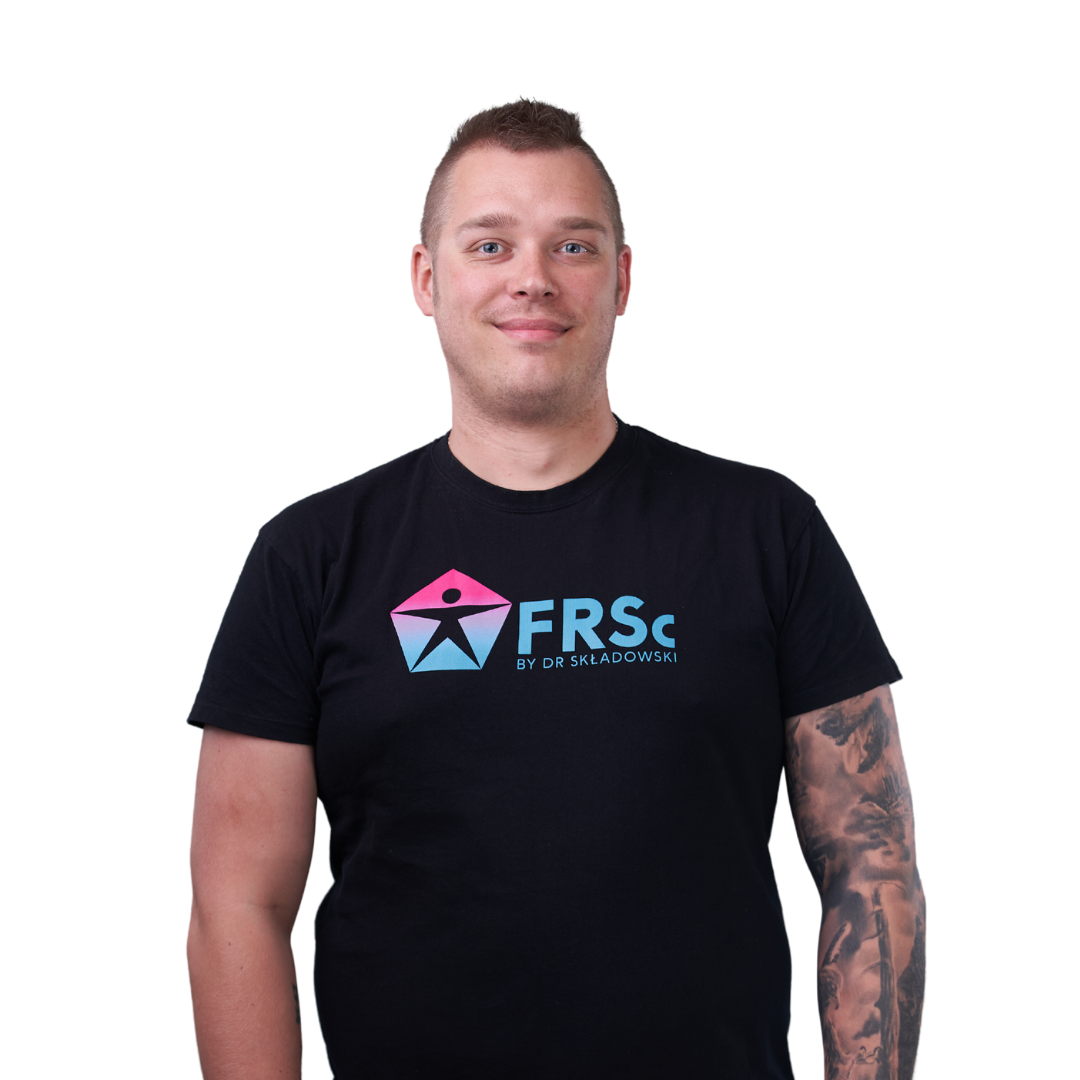
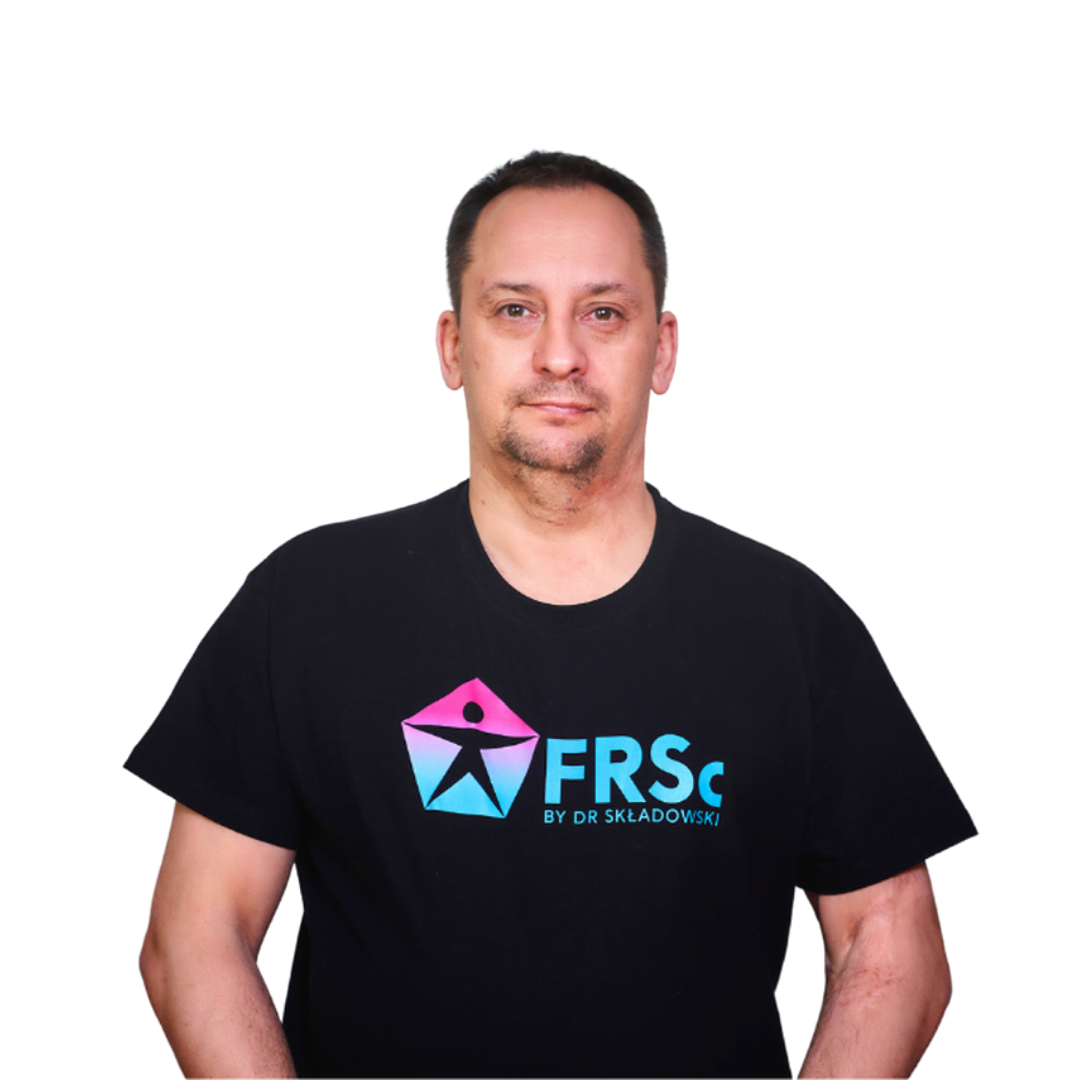
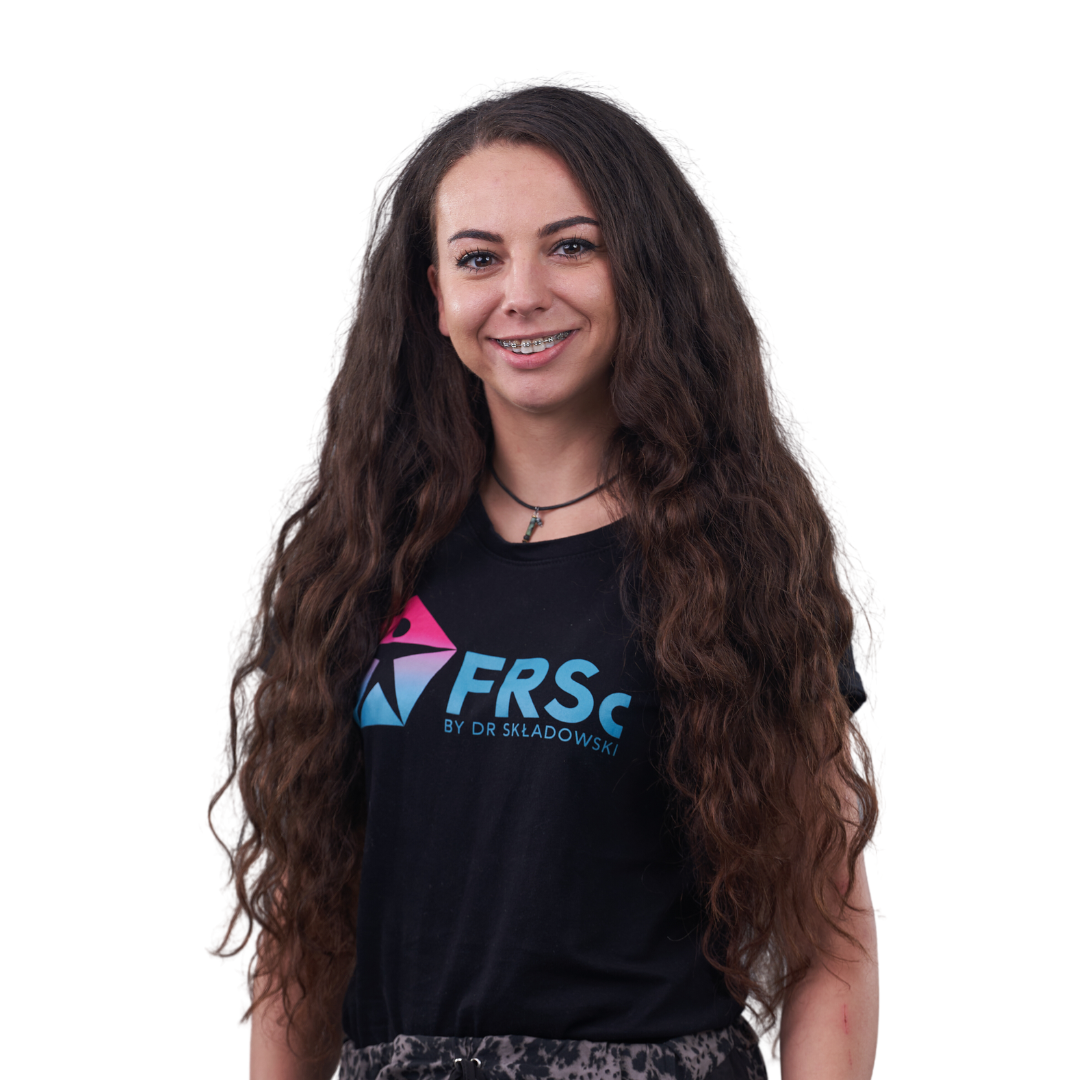
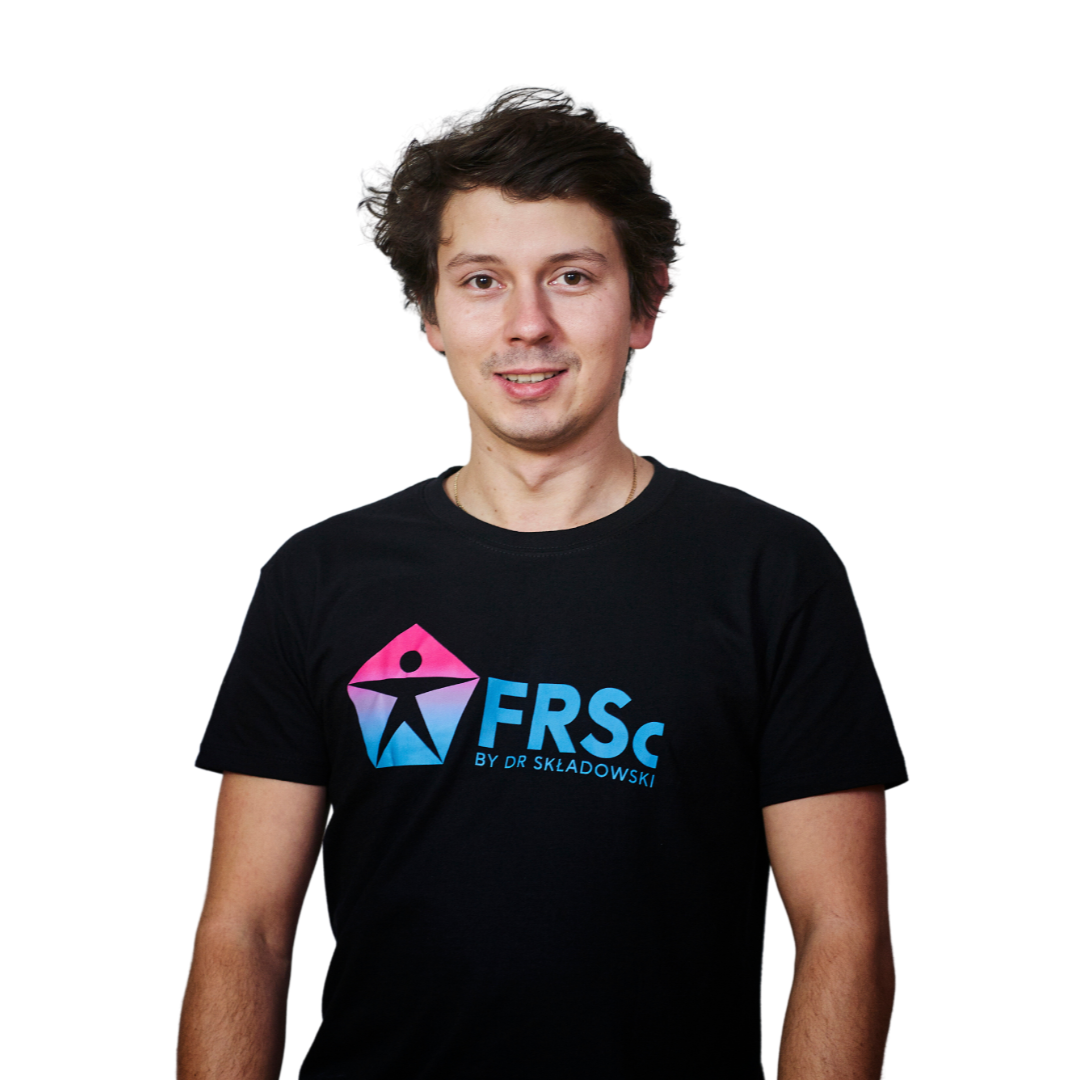
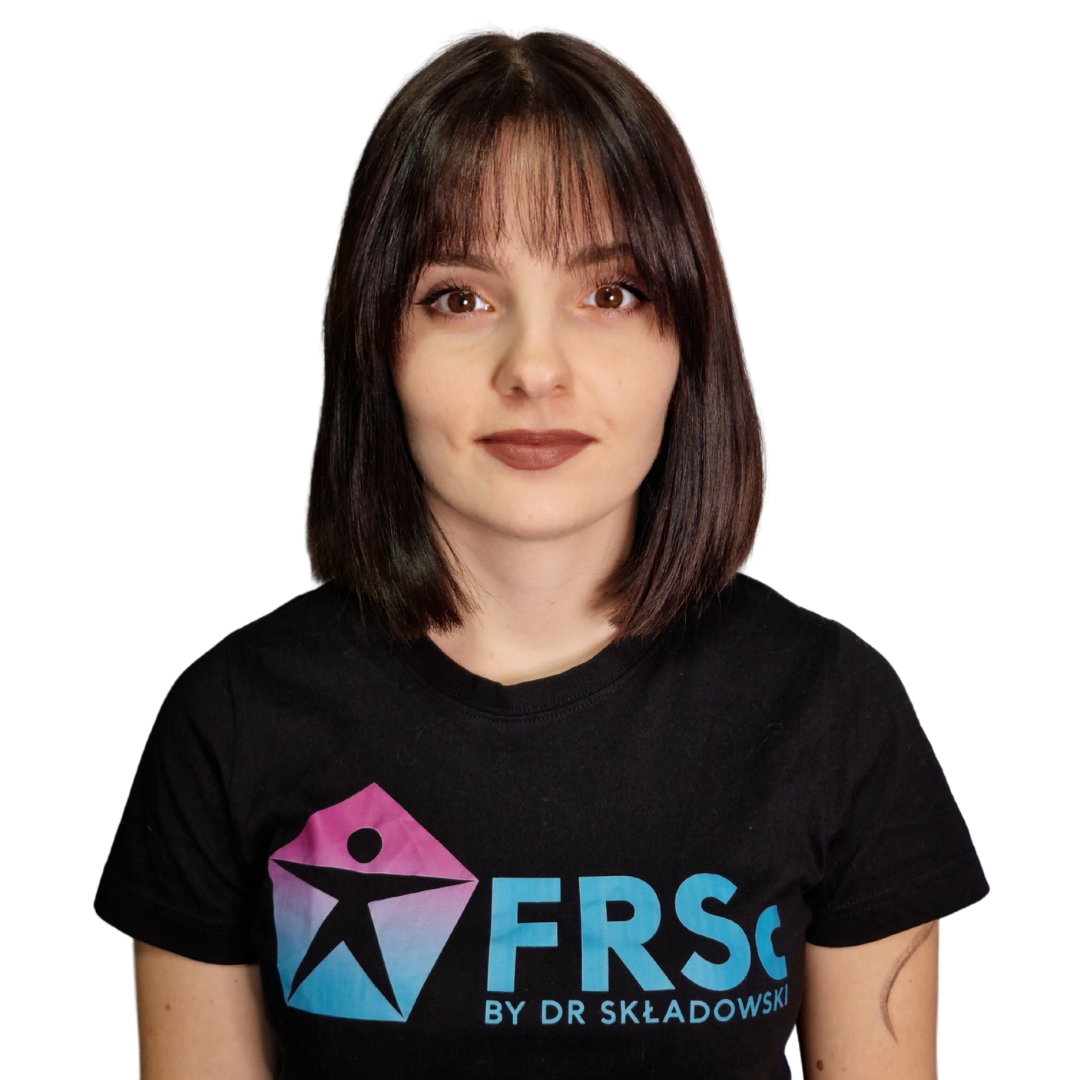


Agnieszka –
Szkolenie które mogę polecić każdemu. Ogrom wiedzy ,dostępie przedstawionej, w bardzo profesjonalny sposób. Prowadzący super.
Wachlarz zdobytej wiedzy, narzędzi do działania , spojrzenie na problem pacjenta w zupełnie inny ale bardzo skuteczny sposób sposób.
I oczywiście atmosfera kursu, integracji……nie powtarzalna.
Polecam z całego serca
Darek –
Sprawnie i na dobrym poziomie dydaktycznym, przekazywana wiedza. Polecam skorzystać.
Mat –
MM to jest takie szkolenie którego się nie zapomina. Polecam każdemu, dlatego że przechodząc przez poszczególne moduły nauczysz się terapii narzędziowej, pracować manualnie, ale też oszczędzać dłonie dzięki igłom 😀
Do tego system pracy z pacjentem dość prosty i skuteczny!
Takich wykładowców, atmosfery i integracji nie ma nigdzie indziej:)